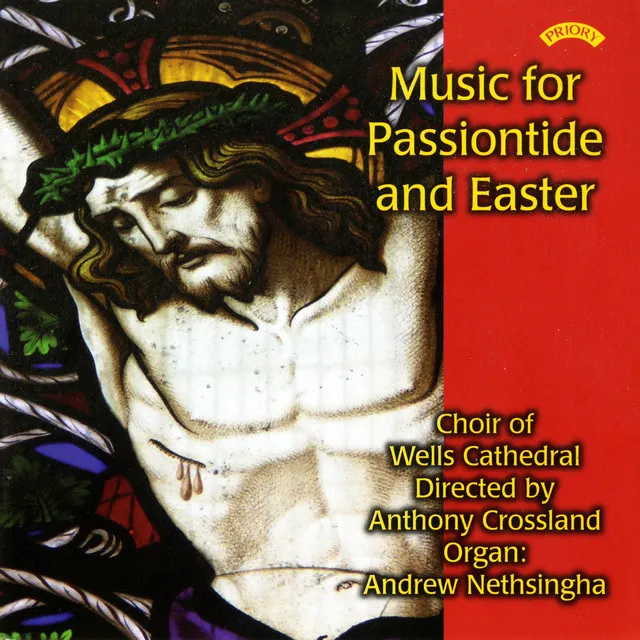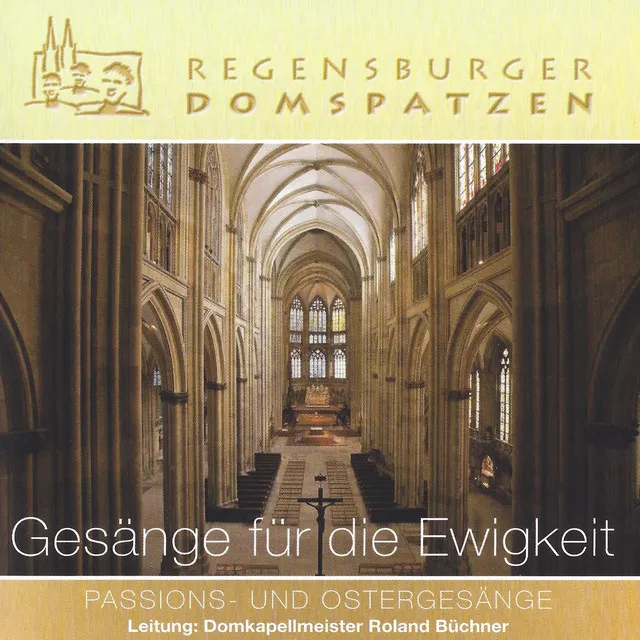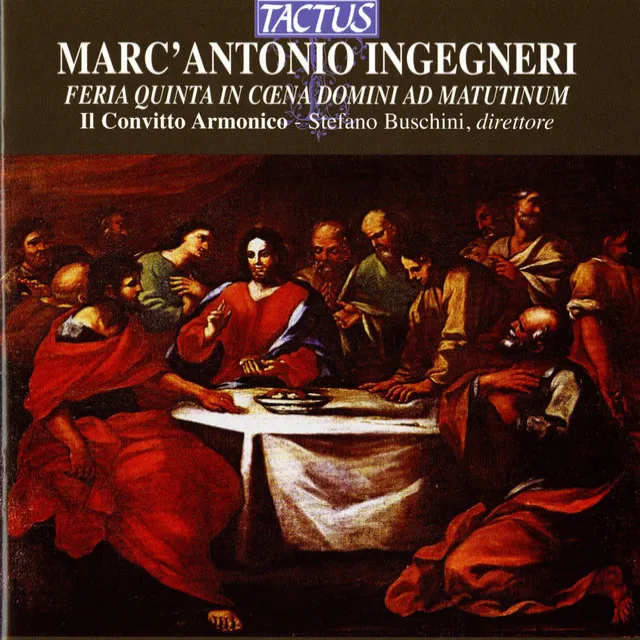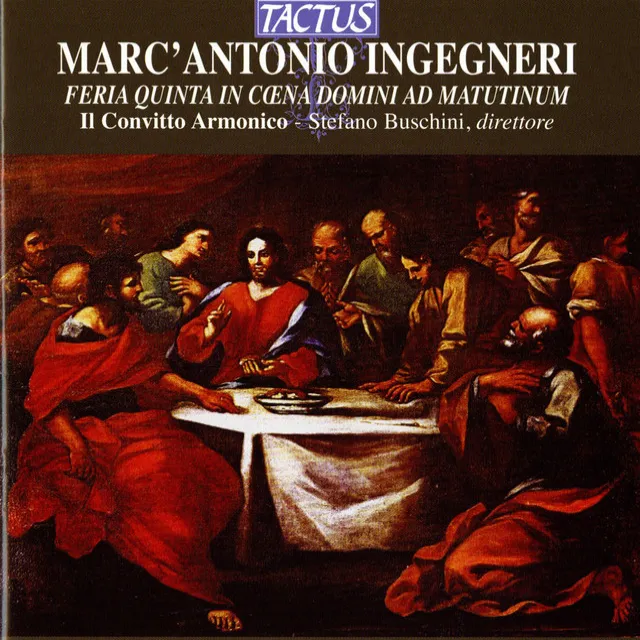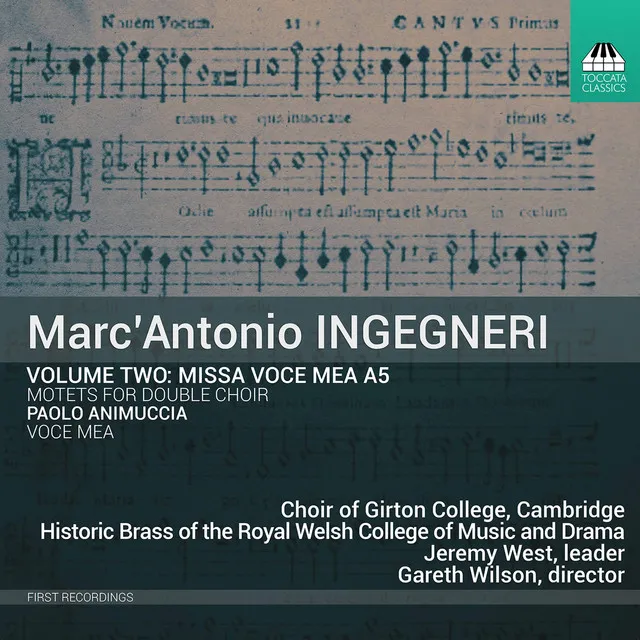Marc' Antonio Ingegneri [een-jeh-NYEER-ee] was one of the leading northern Italian madrigal composers toward the end of the Renaissance era in music. His family background is difficult to ascertain; they might have originated in Venice, made fairly likely since his mother had the well-known Venetian family name of Foscari, and there was also an Ingegneri family in Venice.
Marc' Antonio was a choir boy at Verona Cathedral and therefore was probably a student of the maestro di cappella there, Vincenzo Ruffo. The dedication of one of Ingegneri's madrigal books said he personally received his tuition from Cipriano de Rore, a great composer who lived and taught in Parma.
Ingegneri's first publication, First Book of Madrigals for Four Voices, (1573, which survives only in a 1578 reprint) said he had been living in Cremona for three years in the service of its dedicatee. In a 1576 publication, he said he is a prefect of music at Cremona Cathedral. The first independent evidence of this is his appearance in a surviving cathedral account book from 1578. A similar source shows that, by 1579, he was receiving the pay of the maestro di cappella of the cathedral. He was held in high regard by the church leaders and made friends with a reforming bishop named Nicolo Sfondrato, who became Pope Gregory XIV. Ingegneri married in 1581 and after that rented a house, which he could well afford to do because he was not only well-paid, but frequently received bonuses for hard work. He was also popular with his musicians and singers.
Despite his church connection, he composed sacred and secular music in just about equal measure. His sacred motets are polyphonic, showing little identification with the counter-reformationist demand that the care be taken to make the words audible. His masses, however, are homophonic (i.e., melody with chords) for their predominant texture and again, unusual in the counter-reformation period, are sometimes based on secular popular song material, such as the song "Susanne un jour."
His best-known sacred work is a set of 27 Responsories for Holy Week, which for a long time were thought to be the work of the great Palestrina.
His madrigals gained lasting popularity even though the style is not as up to date as other music being published at the time. His most famous pupil was Claudio Monteverdi, whose early music shows Ingegneri's influence in the manner in which he uses musical patterns.
